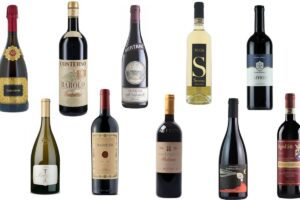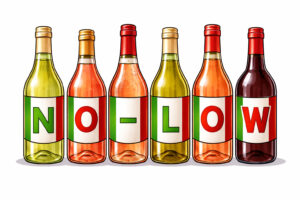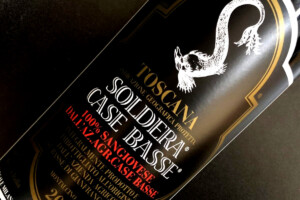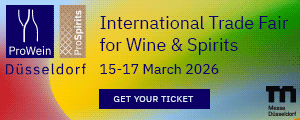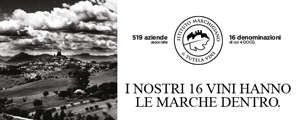2007 was a good year for Italian wine, with decidedly positive earnings. Foreign market sales have had good results apart from multiple difficulties with the global economy. These are the results of a study conducted by winenews.it for Vinitaly 2008.
According to the Italian Wine & Food Institute, in 2007, Italy exported 2,317,210 hectoliters of wine for a value of 1.13 billion euros (up from 1.03 billion in 2006), with an average price per liter of 4.86 dollars. Italy closed out 2007 registering a 9% increase in quantity and value, while one of its main competitors, Australia, registered a decrease in quantity of 3.5% and only a slight increase of 3.2% in value.
This fact is even more significant if it is also taken into consideration that Italy had more difficulties to overcome when compared to Australia, mostly due to the continued increase in strength of the euro over the dollar, which has reduced the competitiveness of Italian producers.
There is also good news from the so-called emerging markets. According to ICE (Italian Institute on Foreign Trade), the demand for Italian wines in the Far East rose significantly in 2007: +97% in South Korea, +62% in China, Thailand +58%, Singapore +43%, Malaysia +21%, and Japan +6%, with total volumes close to 19 million hectoliters for a total value of about 3.3 billion euros. Though the most popular wines in this Asian boom are French wines, Italy is still close behind.
In Europe, as well, Italian wine exports are healthy. German wine imports from Italy increased by 17% in 2007, with a market quota of 36.2%, making Italy the number one wine exporter to Germany (ICE).
Unfortunately, counter balancing this extremely positive reality are some disconcerting economic issues. The two most problematic issues are the weakness of the dollar and the total stagnancy of Italy’s internal market.
For now, the weakness of the dollar does not seem to be bothering the positive Italian wine export trend but, evidently, a constantly declining exchange rate (which surpassed 10% in recent months) is destined to have its effects. Italian wine will obviously become harder to sell on what was historically the “rich” American market. I
talian producers will probably be forced to choose between two options: increase prices and risk losing the market quota in the U.S., or maintaining current prices and cutting back on costs in some other ways.
The future of Italy’s internal market is also uncertain. In the face of general economic stagnancy, Italian wine consumption has fallen by 8.4%. According to the Ismea-Nielsen 2007 Observatory, there was a 6.5% decrease in volume and a 2% decrease in value.
But the “optimism of volition” of wine entrepreneurs has still won out over the “pessimism of reason”. According to the Unioncamere 2007 wine report, the forecasts for the 2006-2008 period are encouraging and Italian wine entrepreneurs are “positive”, with bets on a 15% overall increase in earnings.
And these entrepreneurs see a need to change organizationally as their main priority in order to continue to be competitive. It has become increasingly more important to point towards brand names and the reinforcement of distribution networks and scoring on new markets.
In recent years, the European and American markets were the targets of an attentive commercialization plan. In the future, however, these markets may lose their importance, being superceded by, above all, Asian markets. And it is important to think of these markets for the future. On the whole, however, worldwide earnings for Italian winemakers have increased over recent years and the demand appears to remain solid.
Competition, therefore, is based on a double balance, founded not only on quality but, more importantly, on the capacity to sell it. Not just maximum attention to acquisition trends of consumers but also analysis of the level of satisfaction of demand.
Copyright © 2000/2026
Contatti: info@winenews.it
Seguici anche su Twitter: @WineNewsIt
Seguici anche su Facebook: @winenewsit
Questo articolo è tratto dall'archivio di WineNews - Tutti i diritti riservati - Copyright © 2000/2026













